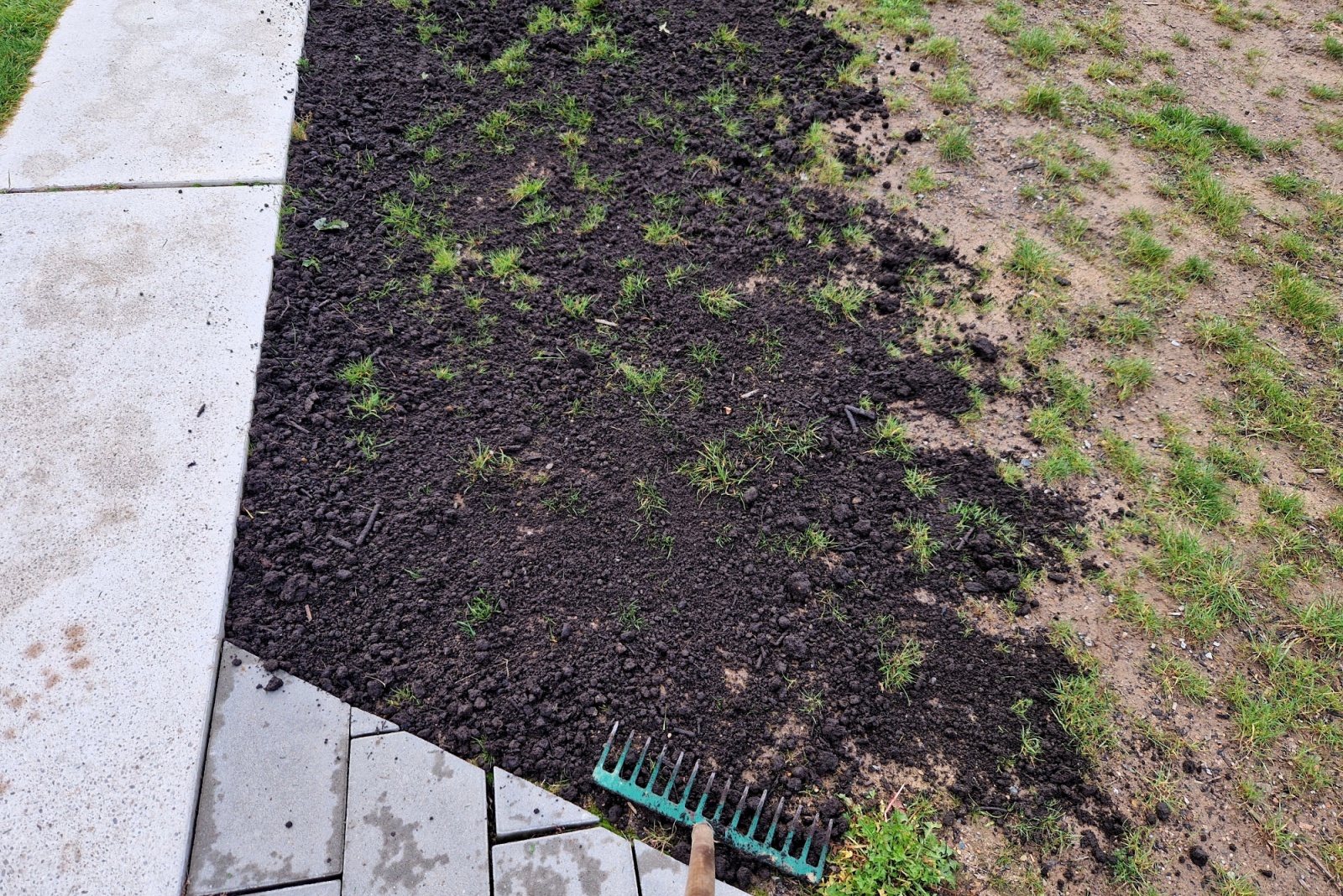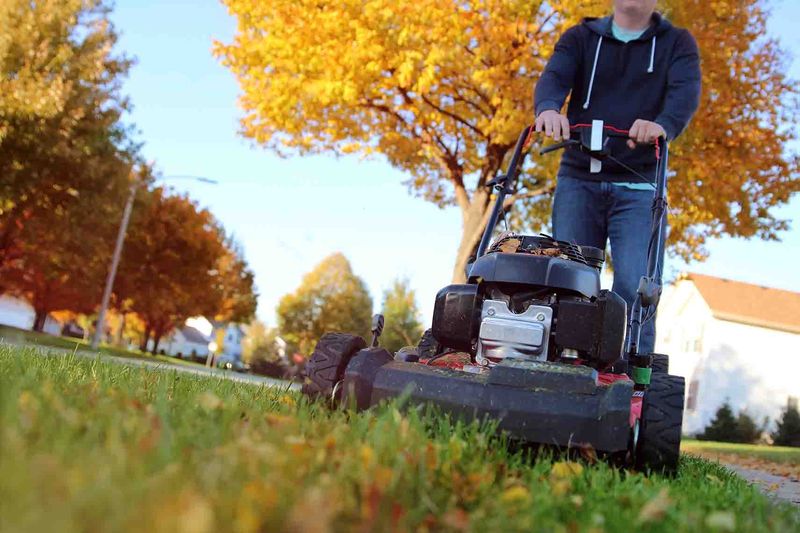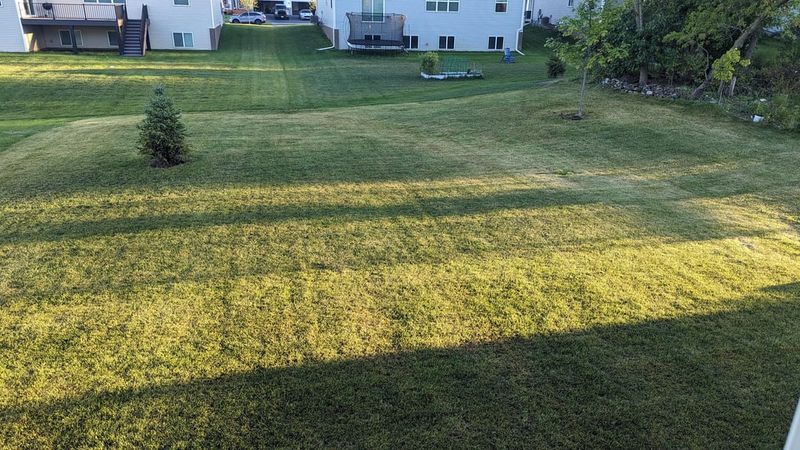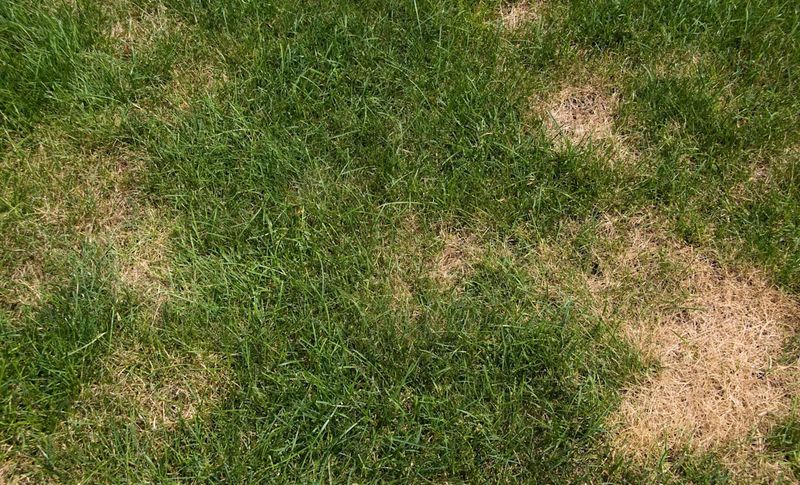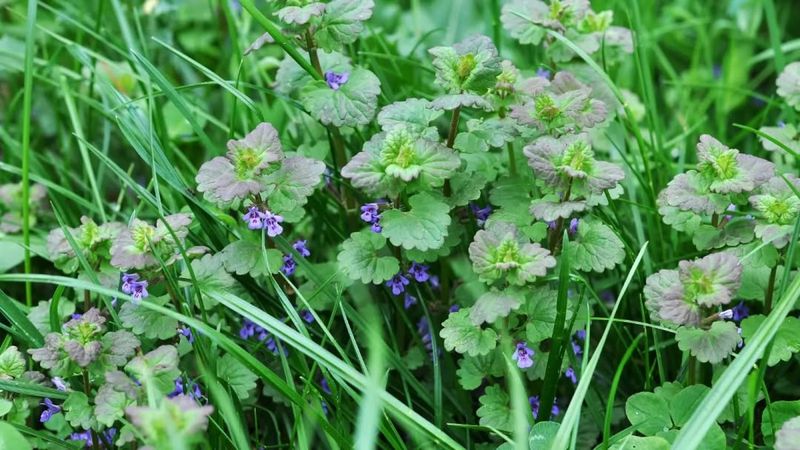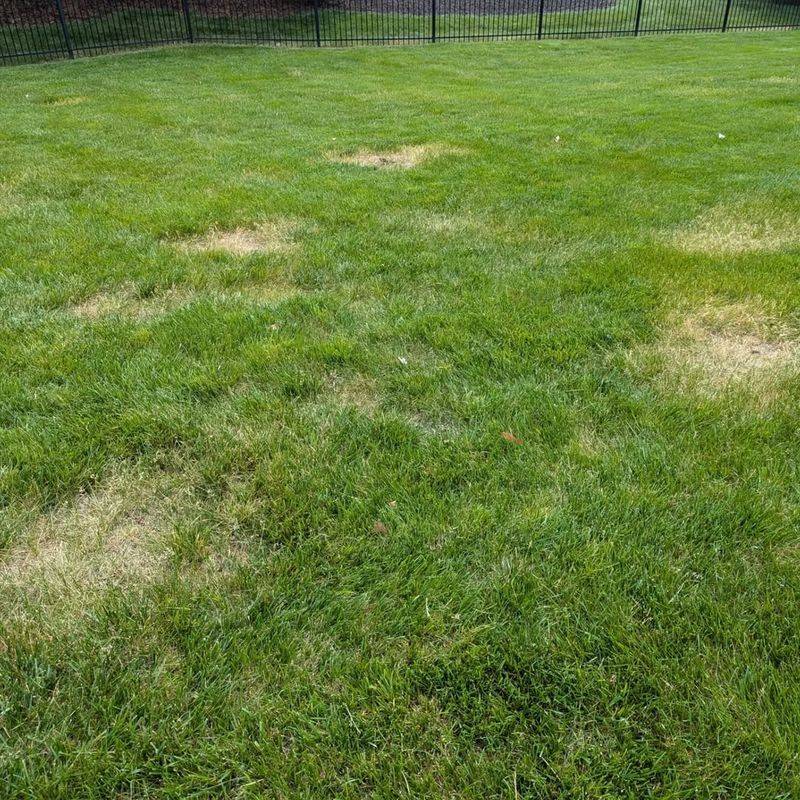As the seasons shift in Pennsylvania, fall lawn care can make or break how your yard looks come spring. Small mistakes—often made with good intentions—can leave grass patchy, weak, or overrun by weeds once winter settles in.
A little know-how now keeps your lawn healthy, resilient, and ready to bounce back when warmer weather returns.
1. Skipping Aeration Before Winter
Compacted soil prevents water, air, and nutrients from reaching grass roots where they’re needed most. Pennsylvania’s clay-heavy soil becomes even denser after summer foot traffic and mowing.
Aerating in fall creates tiny holes that let your lawn breathe and absorb essential resources. Without this step, grass struggles to grow strong roots before freezing temperatures arrive.
Schedule aeration in September or early October for best results and healthier spring growth.
2. Mowing Too Short In Autumn
Cutting grass too low might seem like a time-saver, but it actually weakens your lawn heading into winter. Shorter blades can’t produce enough energy through photosynthesis to sustain healthy roots.
Pennsylvania lawns should be kept around three inches tall during fall months. Taller grass shades out weeds, retains moisture better, and develops deeper root systems.
Your final mow before winter should still maintain this height for maximum cold protection.
3. Ignoring Fallen Leaves On Grass
Colorful autumn leaves look beautiful on trees but become problematic when left covering your lawn for weeks. Thick leaf layers block sunlight and trap moisture against grass blades, creating perfect conditions for mold and disease.
Matted leaves also smother grass and prevent air circulation. Rake or mulch leaves regularly throughout fall instead of waiting until they’ve all dropped.
Your lawn needs light and air even during cooler months to stay healthy underneath.
4. Applying Wrong Fertilizer Type
Not all fertilizers work the same way, and using summer formulas in fall sets your lawn up for failure. Fall requires fertilizer high in potassium and lower in nitrogen to strengthen roots rather than promote leaf growth.
Nitrogen-heavy products encourage tender new growth that won’t survive Pennsylvania winters. Look for winterizer formulas specifically designed for autumn application.
Proper fall feeding helps grass store energy and recover quickly when spring temperatures return to your yard.
5. Overwatering As Temperatures Drop
Grass needs less water when temperatures cool down and growth slows naturally in autumn. Overwatering during fall creates soggy conditions that encourage fungal diseases and root rot problems.
Pennsylvania’s fall rainfall often provides enough moisture without additional irrigation. Check soil moisture before watering and reduce frequency as October approaches.
Waterlogged lawns suffer more winter damage and take longer to green up when warm weather finally returns in spring.
6. Forgetting To Overseed Bare Spots
Fall offers ideal conditions for growing new grass, yet many homeowners wait until spring when success rates drop significantly. Cooler temperatures, morning dew, and less weed competition make autumn perfect for overseeding.
Pennsylvania’s September through mid-October window gives new grass time to establish before winter arrives. Fill in thin or bare areas now rather than letting weeds claim that space.
Spring overseeding battles heat, drought, and aggressive weeds that make establishment much more difficult and frustrating.
7. Neglecting Final Weed Control
Weeds don’t take fall vacations—they’re actively storing energy in their roots for winter survival and spring growth. Dandelions, clover, and other perennial weeds are especially vulnerable to herbicides during autumn.
Treating weeds now eliminates them before they spread seeds or return stronger next year. Fall herbicide applications work better because weeds pull chemicals down into root systems.
Skip this step and you’ll face double the weed problems when your lawn wakes up after Pennsylvania’s long winter.
8. Storing Equipment On The Lawn
Leaving lawn furniture, toys, equipment, or decorations sitting on grass for extended periods creates dead spots that won’t recover easily. Blocked sunlight kills grass underneath, and compressed soil prevents regrowth.
Even lightweight items cause damage when left in one place for several days during fall. Move objects regularly or store them off the lawn completely.
Dead patches from careless storage become muddy eyesores and require reseeding work that could have been easily avoided with better habits.

